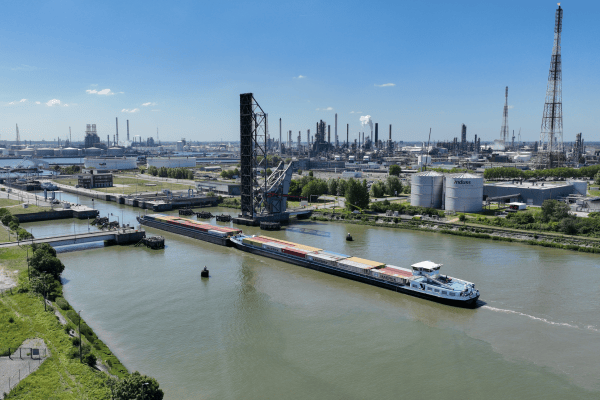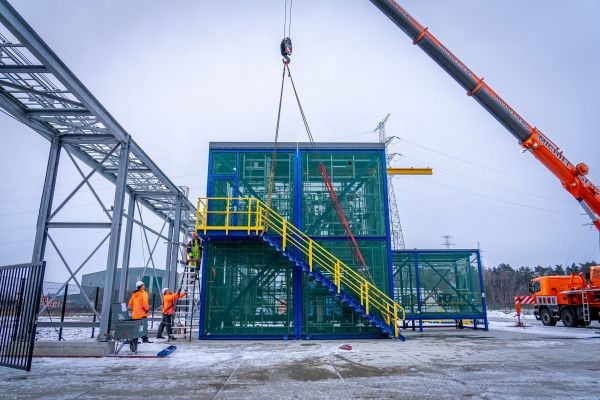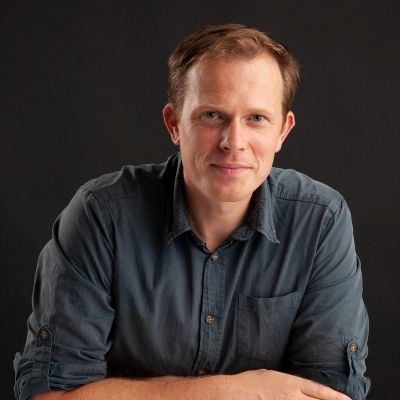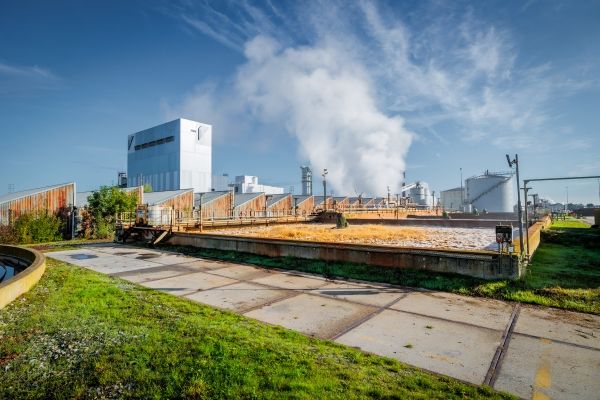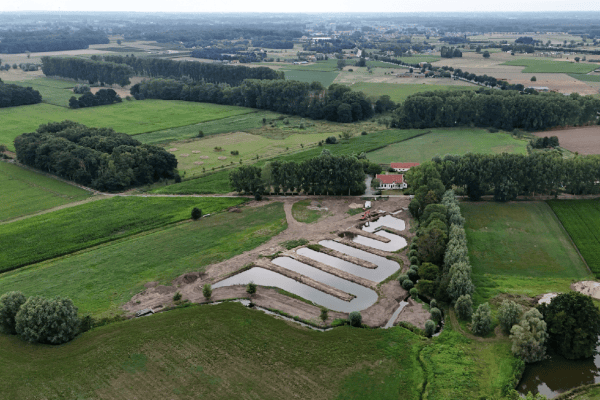Ports in transition: art as a catalyst for systemic change
In the time of Plato and Socrates, the port of Piraeus was far more than just a logistical hub. It was a vibrant melting pot of trade, philosophy, spirituality, and social exchange, as described in the opening line of Plato’s Republic (Ancient Greek: Politeia).
What if ports today once again became such places? Not only centres for the circulation of goods, but also for ideas, collaboration, and solutions to the urgent water challenges of our time? This is the course charted by twenty artist residencies within the European S+T+ARTS4WaterII programme. In dialogue with scientists, engineers, entrepreneurs and port authorities, artists are shaping projects that make complex water issues tangible—and spark our collective imagination.

Plastique Fantastique?
The first results were already on display in the stunning polders of Kruibeke (20–22 June), with the exhibition Polymeter by Plastique Fantastique. This international artists' collective created a spatial installation inviting the public to enter a giant structure on the banks of the Scheldt—a sculpture that breathes, resonates, and moves.
At the end of July, the Love Tomorrow Summit will become the home port of even more artistic creations from the residencies.
Reflections from the artist residencies
A number of compelling insights surfaced during the residencies:
- Ports as co-habitats
Port areas are often exclusive infrastructures, cut off from both city and nature. But what if we redesigned buffer zones as transitional spaces where humans, fauna and flora can all flourish? - Water as an actor
Water is no longer merely measured, but understood. Through sensor technology, storytelling and fieldwork, we are modelling more empathetic forms of monitoring. Oysters, microplastics and tidal currents emerge as narrators of the life that exists beneath the surface. - Technology meets poetry
From data visualisation to drone choreographies—technology is used not only for its function, but as an artistic medium that renders ecological tensions and future scenarios tangible and experiential.
The residencies are not an endpoint, but a public rehearsal for how we might live differently—with fluid water, resilient infrastructure and diverse ecologies.
You can learn more about all twenty residencies in the overview document.
Have your say
Which artwork, theme or question resonated most with you? Let us know!
This summer, we’re working on a deeper reflection, which we’d love to share with you in our next newsletter.
